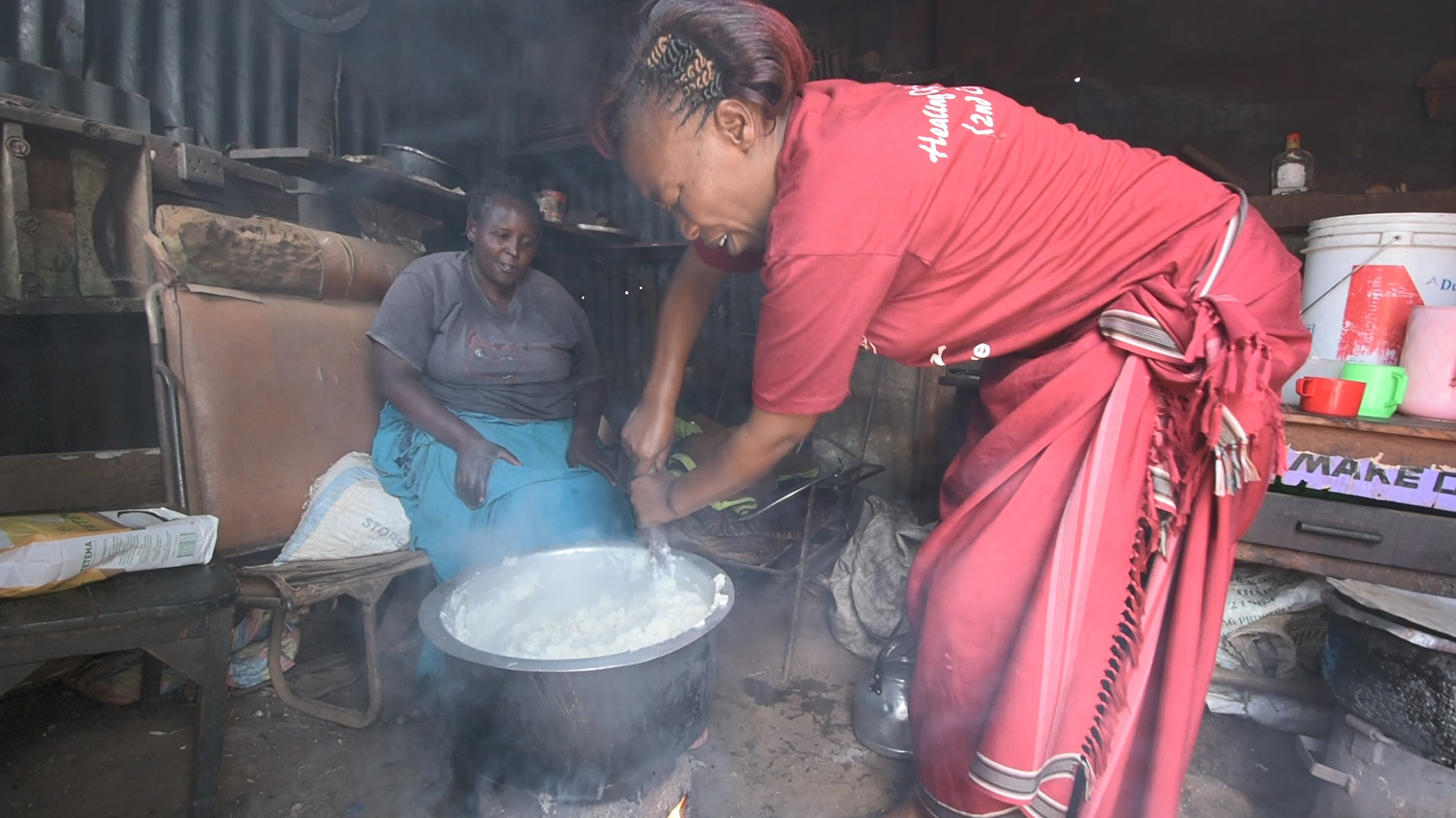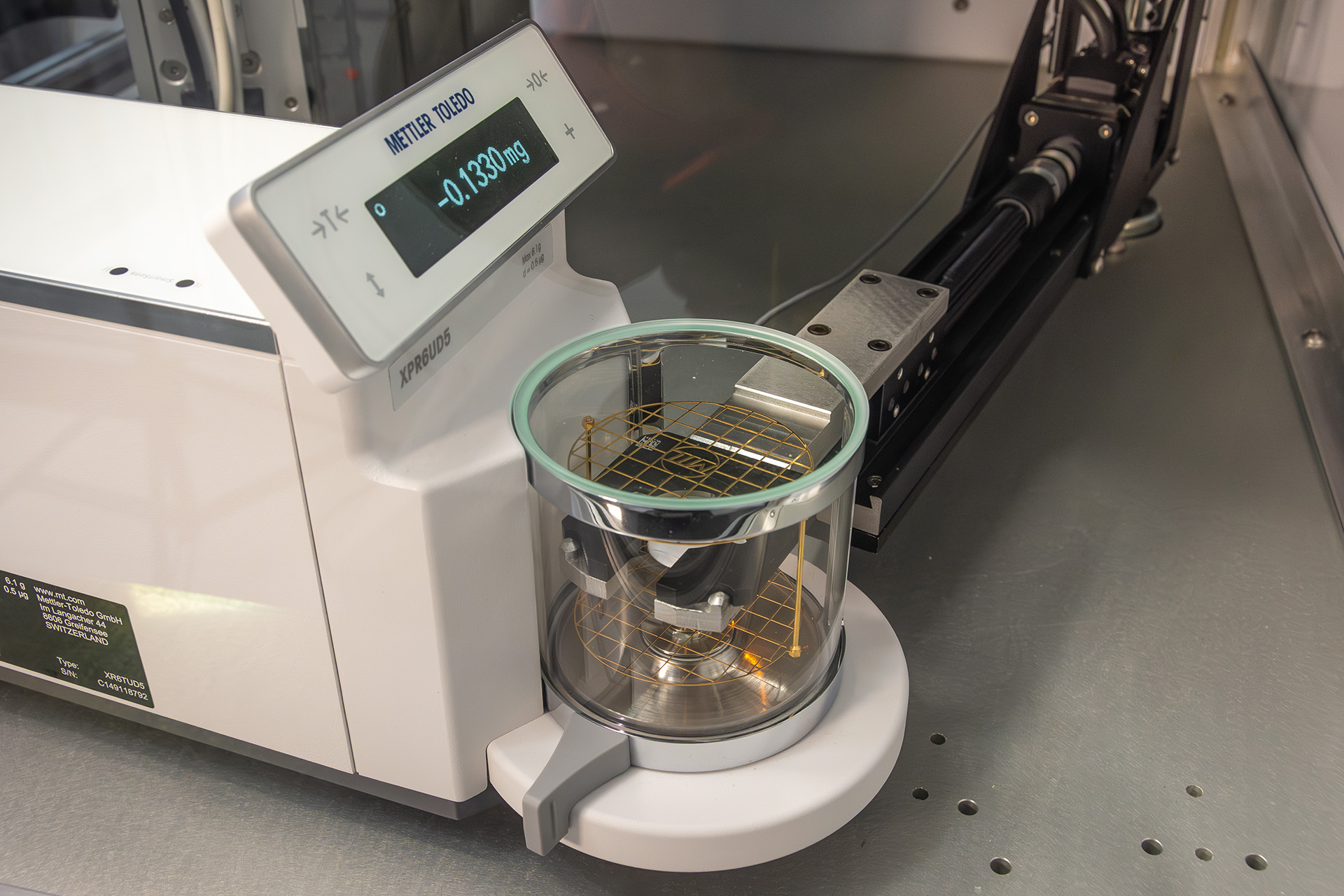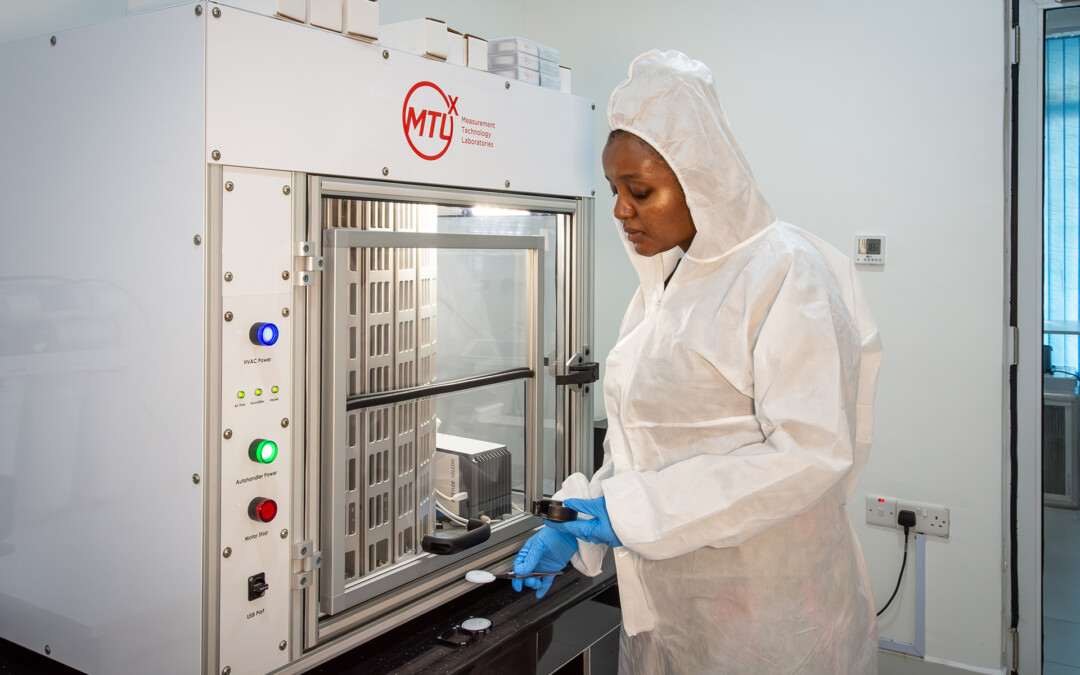Air pollution has far-reaching consequences for health, climate change, and development. WHO estimates a total of 7 million premature deaths annually from household and ambient (outdoor) air pollution, and highlights the critical linkages between air pollution and climate:
For sub-Saharan Africa, with its growing population, reliance on solid fuels for cooking, diminishing forest reserves, and rapid urbanisation, air pollution and related environmental impacts present a particular set of challenges.

Women cooking Ugali on wood stove in Kenya
But it is difficult to make progress on a problem for which good data are not available. To date, there has been very limited capacity for high quality air pollution measurement in Africa.
This short (3-minute) video shows how this is set to change with the opening of a new ‘state-of-the-art’ laboratory facility at the Kenya Medical Research Institute (KEMRI), in Nairobi. Managed by Liverpool University’s CLEAN-Air (Africa) consortium, this will transform the prospects for tackling air pollution in Africa.
Requirements for accurate measurement of particulate matter
The most important measure of air quality is small particles, or PM2.5. The ‘gold standard’ for PM2.5 measurement is called ‘gravimetric’, as this involves weighing the amount of particles collected on a filter. Particle weights are typically very small, so measurement needs a carefully-controlled environment, and highly accurate equipment. At the new KEMRI laboratory, these exacting requirements are provided by an air-conditioned laboratory, a Mettler Toledo automated balance, and well-trained technicians.

A Mettler Toledo micro-balance as installed at the KEMRI Air Pollution Centre of Excellence laboratory in Nairobi
Procedures in the new KEMRI air pollution laboratory
Here’s a brief overview (illustrated in the video) of the measurement procedure. Air pollution sampling is carried using a device that sucks air through the filter a constant flow rate, typically for 24 or 48 hours, such as the UPAS device illustrated below. The filter to be used for collecting particles is weighed before deployment, and then again afterwards, with the difference being the weight of PM2.5.

An Ultrasonic Personal Aerosol Sampler (UPAS) instrument, with the filter chamber opened
Following air pollution sampling, the filter that has been exposed in a home or other area of interest is brought back to the laboratory, and registered using QR codes printed on the filter. Then, once checks have been made on ambient conditions including laboratory temperature, the filter measurement cycle can be initiated. The first step is calibration of the micro-balance. For this, standardised weights of 400, 200, and 100 milligrams are each measured three times.
The exposed filter is also weighed three times to ensure accuracy. Laboratory and field ‘blanks’ are used to help ensure quality control of the weighing procedure. These ‘blanks’ are filters kept back in the laboratory, or taken to the sampling site, respectively, that are weighed before and after sampling but not exposed to air pollution.
The graph below shows some results: on the left, the three pre-sampling weights and the average, and on the right, the three post-sampling weights and the average. The difference of 0.0599 mg is the weight of PM2.5, and this is divided the by the volume of air that’s been sampled, to provide the PM2.5 concentration.

Example of three pre-exposure PM2.5 weights (and average), three post-exposure PM2.5 weights (and average), and the difference – see text for further explanation
A new facility for air pollution research and evaluation across Africa
This new laboratory will provide a vital resource for the high quality air pollution monitoring needed for CLEAN-Air (Africa)’s research programme on initiatives designed to accelerate the transition to clean, safe and affordable household energy.
The equipment and technical services will also be available to support air pollution and health measurement more widely across sub-Saharan Africa for research, and policy monitoring and evaluation.





